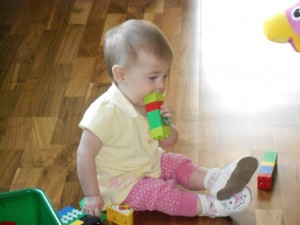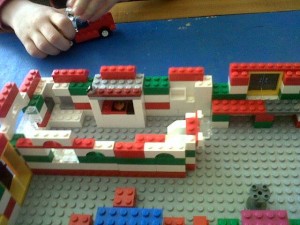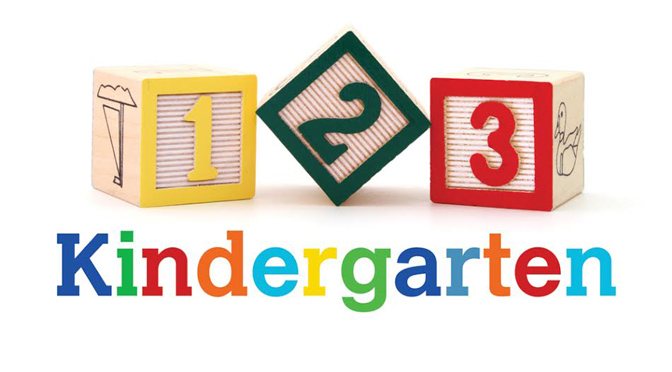Recently, there has been much discussion about play with loose parts and how it contributes to creativity, exploration, imagination, learning, and fun. Of course, all of those in turn support kindergarten readiness and important thinking skills and strategies. Loose parts can be anything, such as rocks, pine cones, sand, water, pieces of wood, crates, balls, tires, pots, empty plastic containers, sponges, and more. Lego and Duplo are loose parts that will inspire play for years.
 Children will play with Lego and Duplo in different ways depending on their stage of development. They first start by holding and checking out by mouth. That’s why the pieces for little ones are the big Duplo. Gradually, kids learn to put the blocks together and build rows and towers. A great part of the fun is knocking the blocks over and hearing the crash.
Children will play with Lego and Duplo in different ways depending on their stage of development. They first start by holding and checking out by mouth. That’s why the pieces for little ones are the big Duplo. Gradually, kids learn to put the blocks together and build rows and towers. A great part of the fun is knocking the blocks over and hearing the crash.
As children get older, what they build becomes more elaborate and detailed. The Lego bricks for older kids get smaller and more specific. Their are special pieces for doors, windows, gears, wings, roofs, food, and parts of the body. There are tiny bits and pieces for all kinds of vehicles and machines. When it comes to Lego, there are gazillions of loose parts!
 Why are loose parts so valuable for play? The easiest way to answer is to watch what kids do when they play with these materials. The play is endlessly varied, as children manipulate, imagine, create, and combine. Kids explore and find solutions to problems. The play is open-ended and child-led. Maybe that should be person-led because grown-ups play with Lego too. Checking on line for Lego creations is fascinating and they are done by people of all ages, and all over the world.
Why are loose parts so valuable for play? The easiest way to answer is to watch what kids do when they play with these materials. The play is endlessly varied, as children manipulate, imagine, create, and combine. Kids explore and find solutions to problems. The play is open-ended and child-led. Maybe that should be person-led because grown-ups play with Lego too. Checking on line for Lego creations is fascinating and they are done by people of all ages, and all over the world.
The theory of loose parts was first mentioned by architect Simon Nicholson in the 1970’s. Lego is even older. Certainly, Lego and loose parts combine for great play. Do you and your child agree?
